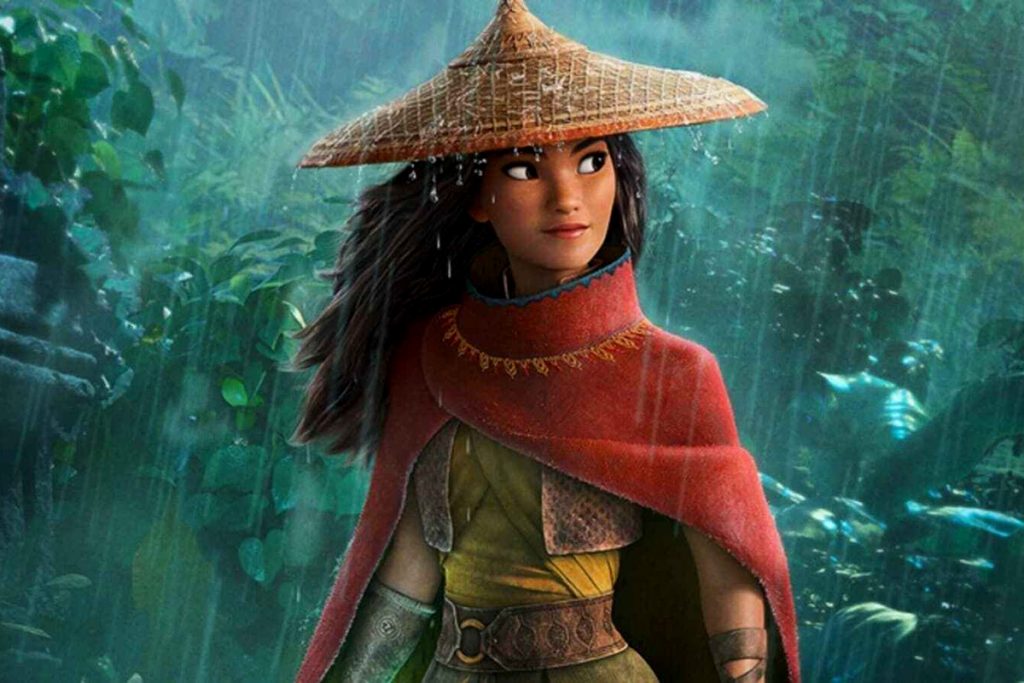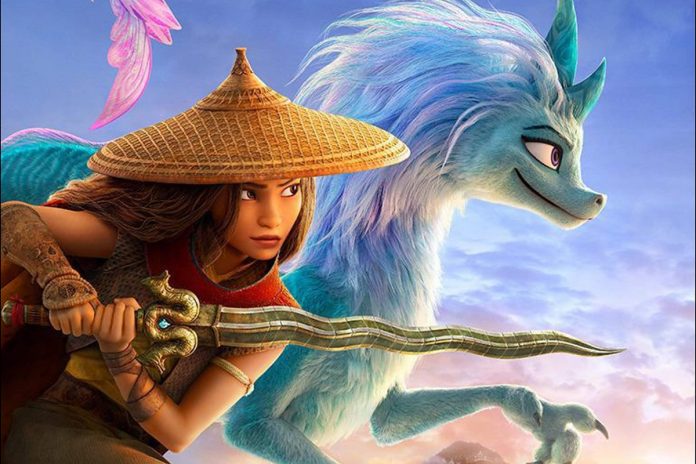Disney’s attempt at representing Southeast Asian culture in the animated film “Raya and the Last Dragon” has gained acclaim and has captivated the hearts of many.
The film is set in an opulent, breath-taking fantasy world of Kumandra that supposedly represents real-life Southeast Asian cultures.
In the film, humans and dragons roamed and lived together in harmony until an evil force stepped in and plagued the land. The dragons chose to sacrifice themselves to save humanity.
The dragons were successful but their absence caused division among the people who later grew apart from each other and developed distinct lifestyles.
They also refused to unite as one Kumandra.
Many, many years later, when the evil force returned to disrupt the kingdom once more, Raya, a courageous warrior princess, had to track down the legendary surviving dragon, Sisu.
She recruited the dragon to help her in her quest to restore the divided land of Kumandra.
Will she succeed? The future of her people rests in her hands. If she fails to unify her people, the land will be claimed by the enemy that will wipe out what is left of Kumandra.
Raya knows that she won’t be able to fulfil her quest on her own, and that she must learn to battle her own doubts, prejudices, and misconceptions about her world.
The story does not only focus on Raya’s quest but also on her own internal conflict. Every decision she makes contributes to the unfolding of the story.
The movie speaks to the hearts of everyone. It emphasizes that the world has to learn from its mistakes to be able to build a better future.

The film showcases the culture of Southeast Asia from its food, daily life, gestures, and beliefs to the region’s lifestyle, systems, and culture.
Arnis, a fighting technique that originated in the Philippines, is used by Raya. The geometrical architectures in two of Kumandra’s kingdoms are inspired by Indonesia and Thailand.
Fruits from around Asia like the durian and the dragon fruit and the Vietnamese rice cakes made an appearance on the big screen. The legendary dragon Sisu is recognizably from traditional Chinese folklore that mentions dragons moving and living in water.
Disney also decided to feature Hollywood actors of Asian descent to be the voice behind the characters.
Vietnamese actress Kelly Marie Tran is the voice of Raya. Sisu is voiced by the Chinese-Korean comedienne Awkwafina. Namaari, the film’s antagonist, is voiced by Chinese-English actress Gemma Chan while Virana is voiced by South Korean-American actress Sandra Oh.
Asian writers Adele Lim and Qui Nguyen ensured that Southeast Asian culture would be depicted properly in the movie.
Lim, screenwriter of “Crazy Rich Asians,” said she never imagined that she would take part in a Disney animated feature that would represent Southeast Asian culture.
“I felt that [a] part of me was always parked in a box somewhere because there was no space for that story,” she said in an interview.
“To be a part of this — where the place where I grew up was going to be the central inspiration and to have a Disney heroine, a warrior princess so that my daughter can look at and see her face reflected — means the world to me,” said Lim.
“Raya and the Last Dragon” indeed represents and celebrates Southeast Asian culture with respect.
Mary Matias is a fresh graduate of a Catholic school in Manila. She has since worked as a copywriter for various communications groups in the Philippine capital. Her book “Gabriel’s Garden” was named “Best Book of the Year” for the Youth and Children Category of the Cardinal Sin Catholic Book Awards in 2017.









